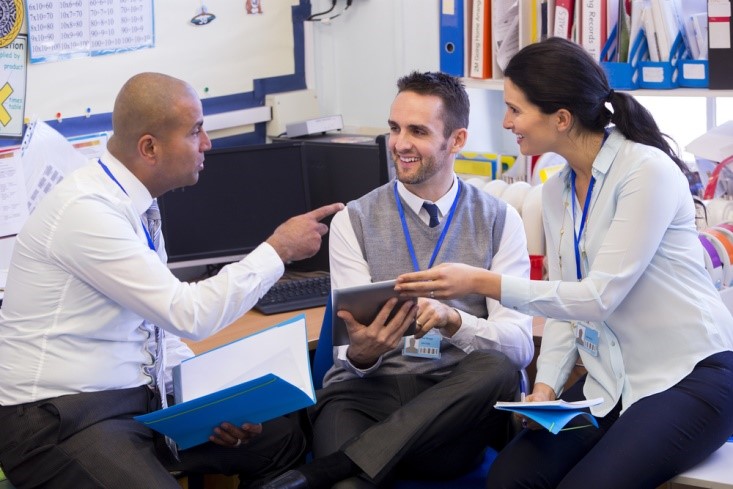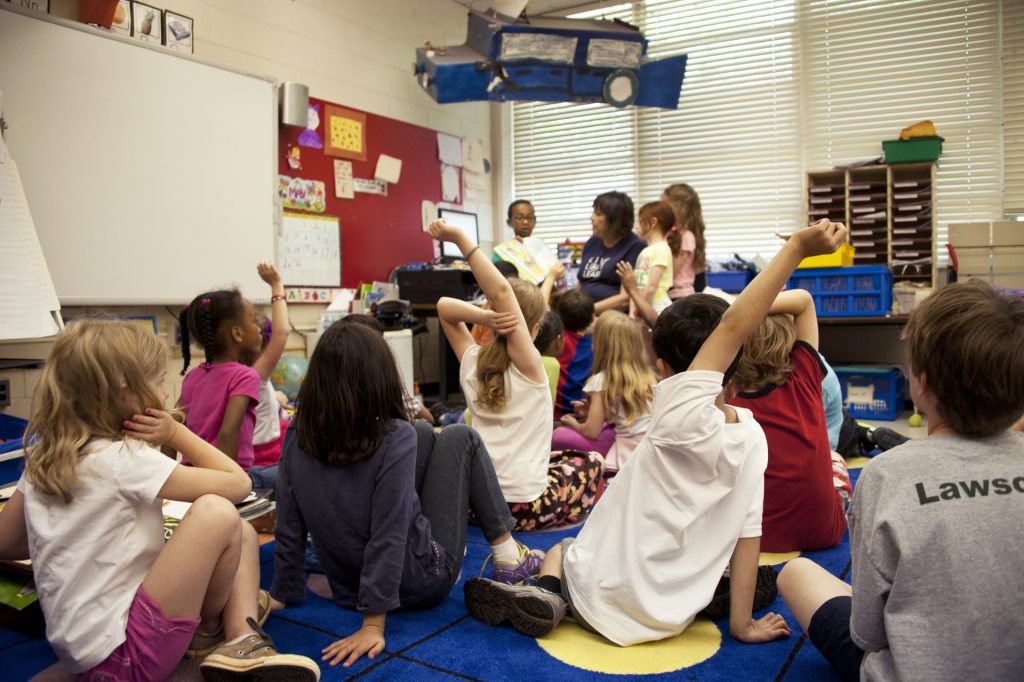Are you looking for ways to motivate students to interact with their teachers? If so, keep reading.
1. Coordinate for one-to-one, teacher/student interactions.
2. Organize their surroundings so the student is required to interact with the teacher frequently.
3. To find out the student’s needs, connect with the student as often as chances permit.
4. Embody for the student appropriate positive oral greetings, requests, and indications of disagreement.
5. Teach the student that they are a worthwhile individual.
6. Ask the student questions often to urge communication.
7. Teach the student communication skills (e.g., hand-raising, expressing needs in written and/or oral form, etc.).
8. Urge the student to covey their needs to other staff members in the academic environment (e.g., school counselor, school psychologist, principal, etc.).
9. Connect with parents, agencies, or appropriate parties to tell them about the problem, identify the cause of the problem, and discuss potential solutions to the problem.
10. Acknowledge the student’s attempts to connect needs (e.g., facial expressions, gestures, in learning experience, self-deprecating remarks, etc.).
11. Teach the student appropriate positive oral greetings (e.g., “Hi.” “How are you doing?” “Excellent to see you.” “Haven’t seen you in a long time.” etc.).
12. Teach the student appropriate positive oral requests (e.g., “Please pass the paper.” “May I be excused?” “Will you please help me?” etc.).
13. Teach the student appropriate positive ways to orally indicate disagreement (e.g., “Excuse me.” “I’m sorry, but I don’t think that’s correct.” etc.).
14. Show accepting behavior and interest in the student’s needs (e.g., willingness to help others, making criticisms constructive and positive, demonstrating confidentiality in personal matters, etc.).
15. Teach the student to use problem-solving as an alternative to isolation (e.g., “Let’s talk about it.” “Let’s compromise.” “Let’s see what would be fair for both of us.” etc.).
16. Consider using an adaptive behavior management app. Click here to view a list of apps that we recommend.
17. Click here to learn about six bonus strategies for challenging problem behaviors and mastering classroom management.











